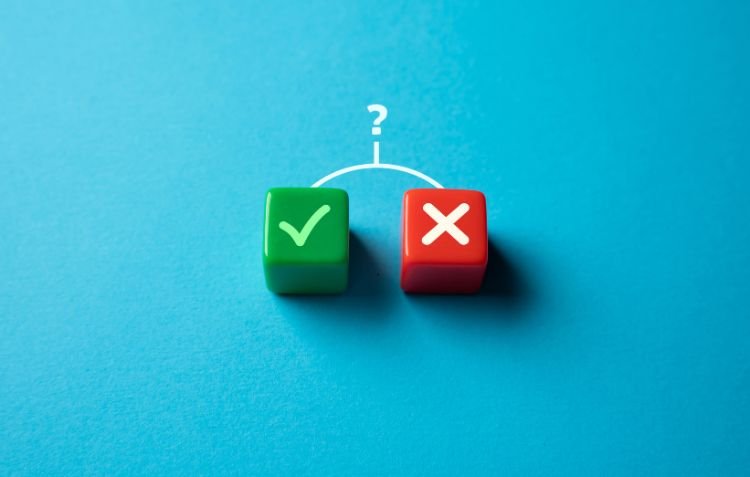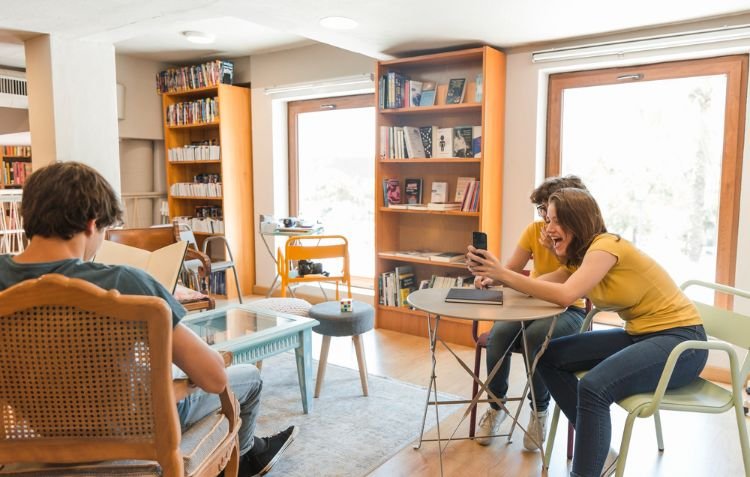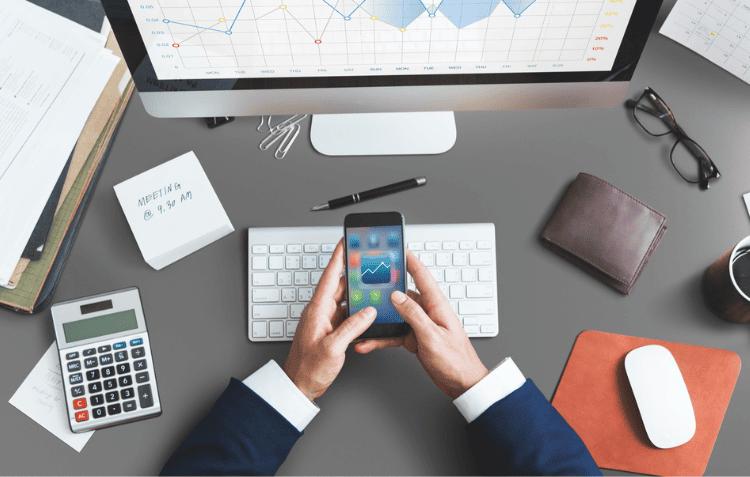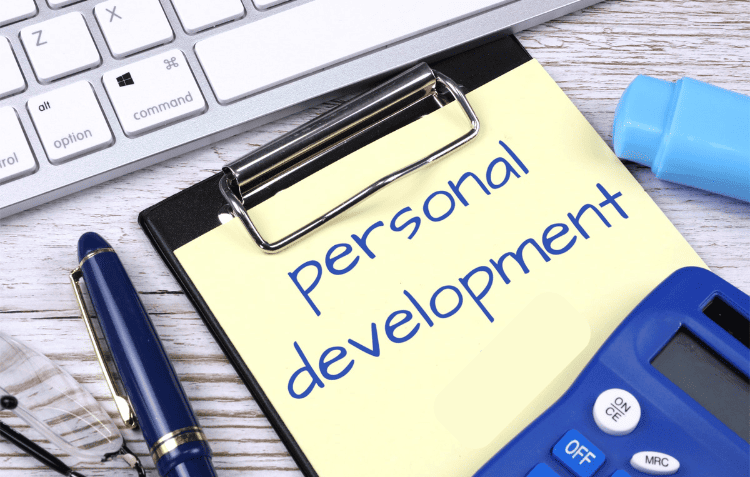What to Wear for Headshots: 7 Tips & Mistakes to Avoid
Your headshot is more than just a photo—it’s your first impression in the professional world. Whether you’re updating your LinkedIn profile, showcasing your expertise on a business website, or building your personal brand, a polished and well-planned headshot can help you stand out. But beyond lighting and poses, what you wear for headshots plays a crucial role in how others perceive you.
The right outfit can enhance your professional image, convey confidence, and ensure your photo looks clean and timeless. On the other hand, poor clothing choices—such as distracting patterns or ill-fitting clothes—can take the focus away from you and diminish the impact of your photo.
In this guide, we’ll cover seven expert tips on what to wear for headshots, along with common mistakes to avoid. With these insights, you’ll be prepared to dress for success and get a headshot that truly represents your best self.
Key Takeaways
- Solid colors work best – Avoid busy patterns and neon shades to keep the focus on your face.
- Neutrals are a safe choice – Black, navy, gray, and white project professionalism across different industries.
- Dress for your profession – Formal attire for corporate roles, smart casual for creatives, and fitted basics for actors and models.
- Minimal accessories – Avoid large jewelry, flashy watches, and visible logos that can be distracting.
- Layering adds depth – Blazers, structured jackets, and textured fabrics enhance your look without overpowering it.
- Grooming matters – Ensure clothes are wrinkle-free, fabrics are matte-finished, and your overall appearance is polished.
- Consider the background – Choose colors that contrast with the backdrop for better visual balance.
7 Effective Tips on What to Wear for Headshots
Choosing the right outfit for a headshot can make all the difference in how professional and polished you appear. The right clothing not only enhances your features but also ensures your headshot remains timeless and impactful. Whether you’re preparing for a corporate photo, a LinkedIn update, or an actor’s portfolio, following these styling tips will help you make the best impression.
1. Choose Solid Colors over Patterns
Solid colors are the best choice for headshots because they keep the focus on your face rather than your outfit. Patterns, busy prints, and stripes can be visually distracting and may not photograph well, especially in high-resolution images.
Best Colors for Different Skin Tones:
- Fair Skin: Jewel tones such as royal blue, emerald green, and deep purples complement lighter complexions and prevent a washed-out appearance.
- Medium Skin: Earthy tones like rust, olive green, mustard yellow, and navy blue add warmth and enhance natural undertones.
- Dark Skin: Bright and bold colors such as yellow, red, and crisp white create striking contrast and highlight deeper skin tones.
What to Avoid:
- Avoid neon colors, as they reflect too much light and can distort your skin tone.
- Stripes, polka dots, or floral prints can take attention away from your face.
- Clashing colors (e.g., red and green) can create visual tension in the photo.
Choosing a solid, well-balanced color ensures your face remains the focal point of the headshot.
2. Opt for Neutral or Classic Shades

If you’re unsure about colors, neutral or classic shades are always a safe bet. Black, navy, gray, and white offer a polished, professional look and work well in most lighting conditions.
Why Neutrals Are a Safe Choice:
- They create a clean, modern look.
- Neutral shades blend well with different backgrounds and lighting.
- Classic colors are less likely to go out of style, ensuring your headshot stays relevant for years.
Best Colors for Different Industries:
- Corporate & Business Professionals: Navy, charcoal gray, white, and light blue give a sophisticated, trustworthy appearance.
- Creative Fields (Designers, Writers, Marketers): Subtle pastels, deep jewel tones, and earthy hues add personality without looking unprofessional.
- Actors & Models: Skin-tone-friendly colors such as warm beiges, soft blues, and muted greens create a natural and approachable look.
What to Avoid:
- Bright neons (orange, lime green, hot pink) as they can be distracting and overpower the image.
- All-black outfits can sometimes wash out facial features, making the skin appear dull.
Choosing timeless, neutral tones allows your personality and professionalism to shine through.
3. Dress for Your Industry and Purpose
Your headshot should reflect your profession and personal brand. Dressing appropriately for your industry ensures that your photo aligns with your career goals.
Different Dress Codes for Different Professions:
- Corporate Jobs: Stick to professional attire, such as a well-fitted blazer, button-down shirt, and neutral colors.
- Creative Fields (Artists, Designers, Writers): Smart-casual works best—layered outfits, relaxed blazers, or stylish turtlenecks can add personality.
- Actors & Models: Fitted basics in soft, non-distracting colors help highlight facial expressions and natural features.
Case Study Example:
A study comparing two headshots—one featuring a formal suit and tie, the other in a relaxed t-shirt—found that professionals in corporate settings received 40% more positive feedback on the suited photo, whereas creative professionals had better engagement with more relaxed, industry-specific outfits.
The key takeaway? Dress in a way that aligns with your industry and target audience to ensure your headshot accurately represents you.
4. Keep Accessories Minimal & Avoid Large Logos
Accessories can add character to a headshot, but too much can be distracting. The goal is to keep the focus on your face, not what you’re wearing.
Less is More:
- Jewelry: Simple earrings, studded necklaces, or classic watches work best. Avoid oversized, statement pieces.
- Glasses: If you wear glasses daily, choose anti-glare lenses to prevent reflections in your photo.
- Logos & Text: Branded clothing, visible labels, or graphic tees can date your headshot and make it appear unprofessional.
What to Avoid:
- Chunky watches or bracelets that take attention away from your face.
- Reflective or metallic accessories that catch too much light.
- Busy scarves or ties with loud prints that clash with your outfit.
A well-balanced, minimal approach to accessories ensures that your headshot remains clean, professional, and timeless.
5. Layering and Textures: How to Add Depth

Layering adds depth to a headshot without overpowering the subject. When done correctly, it creates a polished and well-structured look.
Why Layering Works for Headshots:
- It enhances depth and adds a subtle contrast.
- Layering creates a refined, high-quality aesthetic.
- It allows for versatility in different lighting conditions.
Examples of Effective Layering:
- A structured blazer over a blouse for a sharp business look.
- A light cardigan to add softness without bulk.
- A textured jacket to create dimension without being overpowering.
What to Avoid:
- Bulky sweaters or over-layering, which can look heavy in photos.
- Shiny fabrics (silk, satin), as they can reflect light and create harsh highlights.
Opting for structured yet simple layers ensures a well-balanced and visually appealing headshot.
6. Grooming & Fabric Considerations
What you wear is just as important as how well-groomed your clothing appears. Wrinkled or overly shiny fabrics can distract from your overall professional image.
Clothing Preparation:
- Iron or steam clothes before your session to avoid wrinkles.
- Ensure a proper fit—oversized or tight clothing can appear unflattering.
Best Fabrics for Headshots:
- Matte-finish materials (cotton, wool blends) absorb light well and reduce glare.
- Breathable fabrics keep you comfortable and relaxed during the shoot.
What to Avoid:
- Shiny or sheer fabrics that reflect light unevenly.
- Heavy textures like thick knits that can look bulky on camera.
By focusing on grooming and fabric choices, you ensure a smooth, polished look in your headshots.
7. What to Wear Based on Background & Lighting
Your outfit should complement the background and lighting setup of your headshot to create the right contrast and balance.
How Background Color Affects Clothing Choice:
- Light Backgrounds: Darker clothing creates contrast and prevents the image from looking washed out.
- Dark Backgrounds: Lighter tones help the subject stand out without blending into the background.
Indoor vs. Outdoor Headshots:
- Studio Shots: Matte-finish clothing works best to control reflections.
- Outdoor Settings: Consider the environment—avoid green if shooting in a park, as you may blend into the background.
By strategically choosing colors and styles that suit the background and lighting, you ensure your headshot looks polished and professional.
Common Mistakes to Avoid

Even the best lighting and angles can’t fix a poor outfit choice. What you wear for a headshot significantly impacts how professional and polished you appear. Avoid these common mistakes to ensure your photo looks timeless and well put together.
Wearing Wrinkled or Poorly Fitted Clothes
Clothing that is wrinkled, too tight, or too loose can ruin the overall look of your headshot. Wrinkles make an outfit appear sloppy, while ill-fitting clothes can distort body proportions in photos.
Solution: Always steam or iron your outfit before the shoot. Choose clothing that fits well—neither too baggy nor too tight—to ensure a flattering and polished appearance.
Over-Accessorizing or Choosing Distracting Jewelry
Statement necklaces, oversized earrings, and chunky watches can draw attention away from your face. While accessories can enhance an outfit, too much can make a headshot look cluttered.
Solution: Stick to minimal, classic pieces like small earrings, simple necklaces, or subtle watches to keep the focus on your expression.
Wearing a Color That Clashes with Your Skin Tone or Background
The wrong color choice can wash you out or create harsh contrasts that don’t complement your natural features. Clashing colors with the background can also make the image feel unbalanced.
Solution: Choose colors that complement your skin tone. Stick to solid, neutral, or industry-appropriate shades. If unsure, test different outfits in front of the mirror or take sample photos before the session.
Ignoring Fabric Quality and Texture
Shiny or overly textured fabrics can reflect light unevenly, creating unwanted highlights or shadows in a headshot. Additionally, wrinkled or poorly maintained fabrics can appear unprofessional.
Solution: Opt for matte-finish fabrics like cotton or wool blends that absorb light evenly. Avoid overly shiny materials like silk or satin, which can create distracting reflections.
Choosing Trendy Outfits That May Look Outdated in a Year
Fashion trends change quickly, and what looks stylish today may seem outdated in a year or two. Trendy outfits can also make a headshot look less timeless and less professional.
Solution: Stick to classic, well-tailored pieces that won’t go out of style. Neutral colors, simple cuts, and industry-appropriate attire will keep your headshot relevant for years to come.
Conclusion
A well-planned outfit can make a huge difference in the quality of your headshot. To look your best, focus on clean, well-fitted clothing, minimal accessories, and colors that suit your skin tone and background. Avoid trendy pieces that may not age well, and ensure your fabric choice enhances rather than distracts from your image.
Final Tip: Keep it simple, professional, and industry-appropriate. Before your shoot, test your outfit in front of a mirror or take a few sample photos to see how it looks on camera. This small step can help you make adjustments and ensure you present yourself in the best possible way.
Remember, a great headshot is an investment in your personal brand. Whether it’s for LinkedIn, a business website, or social media, your photo should reflect confidence, professionalism, and approachability. With the right clothing choices, you’ll create a lasting first impression that aligns with your career goals.
FAQs
Should I wear patterns or solid colors for my headshot?
Opt for solid colors, as patterns can create a moiré effect, making them appear blurry in photos.
How do I choose the best color for my skin tone?
Select colors that complement your complexion. For example, individuals with medium skin tones may look best in red, gold, or forest green.
Is it appropriate to wear accessories in a headshot?
Keep accessories minimal to avoid distractions. Simple jewelry like small earrings or a classic watch adds a polished touch without drawing attention away from your face.
Can I wear glasses in my headshot?
Yes, if you wear glasses regularly. Ensure they have an anti-reflective coating to prevent glare from studio lights, and choose frames that complement your face shape.
What type of neckline is most flattering for headshots?
V-necks or button-down shirts with open collars are recommended, as diagonal lines lengthen the neck and draw focus to the face.







